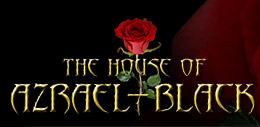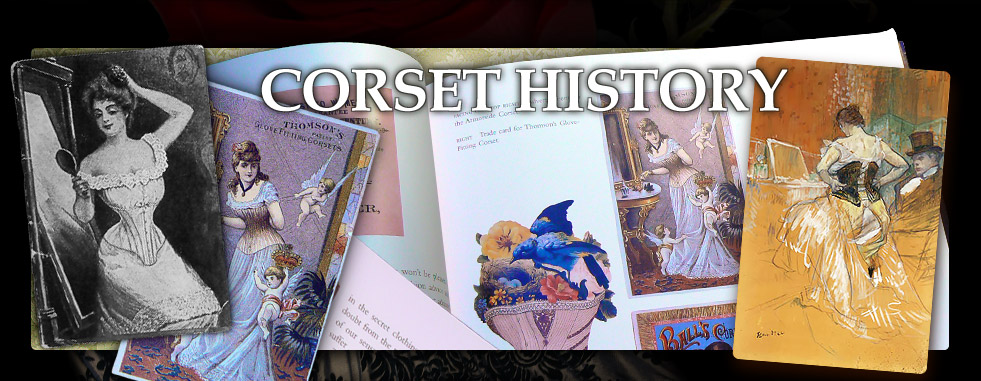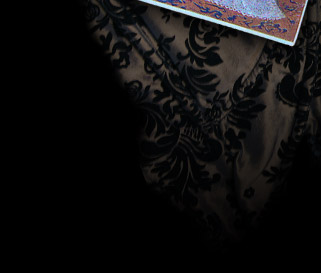


 |
 |
 |
 |
 |
The first true corsets date from some time in the first half of the 16th century, when aristocratic woman began wearing "whalebone bodies" in other words, their cloth bodices gradually began to incorporate more rigid materials such as whalebone horn and buckram. Extract from The Corset a Cultrural History by Valerie Steele The early form of the "Corset" was probably quite simple in shape, it would be made from two pieces of linen (sometimes stiffened by paste), stitched together and shaped to the waist at the sides. To keep the front part really rigid a "busk" was added. This was a piece of wood, horn, whale bone, metal or ivory, usually thicker at the top and tapering towards the point. With the development of industry in the 19th century, many inventions appeared to help the corsetiere such as: metal eyelets in 1828, the 1st steel front busk fastening in 1829 and various ideas for lacing and unlacing. From Corsets and Crinolines By Norah Waugh. |
HOME | CORSET HISTORY | HOW TO LOOK AFTER YOUR CORSET | GALLERY | LINKS | CONTACT US | SHOP ONLINE NOW |